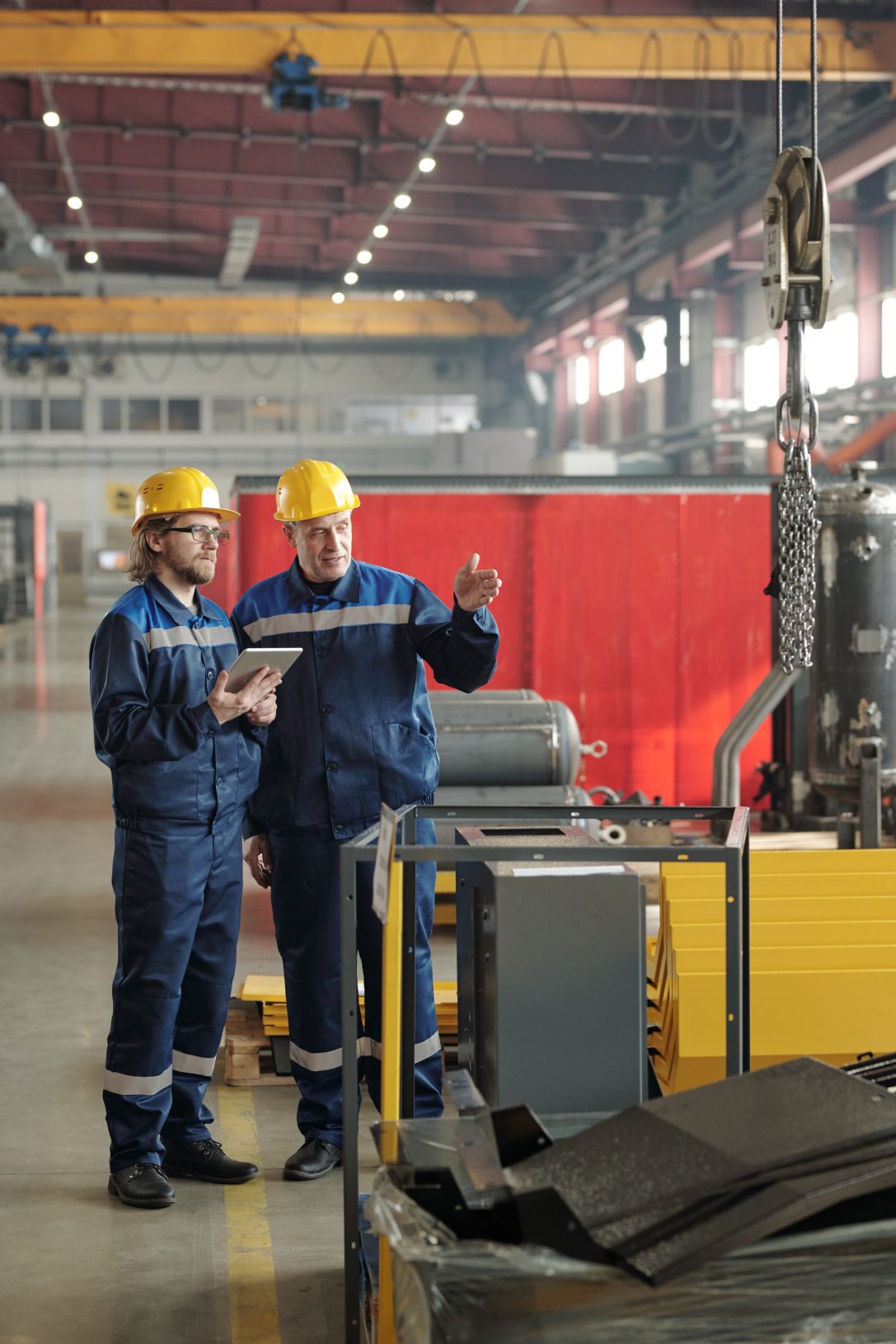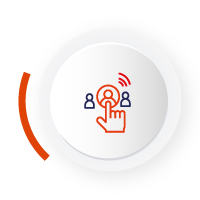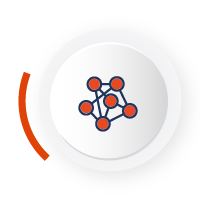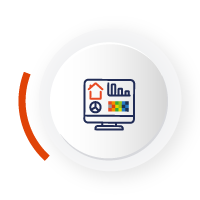Our Services Focused on
FACTORY
SMART MANUFACTURING
What is Manufacturing 4.0?
Industry 4.0 refers to a new phase in the industrial revolution which focuses primarily on interconnectivity, automation, machine learning, and real-time data.
Industry 4.0, also known as the Industrial Internet of Things (IIoT) or smart manufacturing, integrates production and physical operations with smart digital technology, machine learning, and big data to create a more holistic and better-connected ecosystem.
While every company and organization operating today is different, they all face the same challenge—the need for connectivity and access to real-time information on all of their processes.
This is where Industry 4.0 comes in.
Key Benefits
Smart manufacturing encompasses the entire product lifecycle and supply chain—design, inventory, planning, sales, quality, engineering, and customer service.
In this way, everyone shares up-to-date and relevant data and decisions about production processes, and more enriching and timely analytics.
Manufacturing 4.0 is more than investing in new technology and tools to improve manufacturing efficiency; It’s also about revolutionizing the way you operate and growing your entire company.

What technologies are used in Manufacturing 4.0?
Today, certain technological trends are defined that build the basic components of Industry 4.0.
- The Industrial Internet of Things
- Big Data Analytics
- Cloud Computing
- Simulation
- Augmented reality
- Autonomous Robots
- Additive manufacturing
- Cyber-security
Learn about all the benefits that operational intelligence will bring to your company
Technologies applied in the manufacturing industry.

Connected Worker
- It makes automated reports of each area in the same place, unifying the information being accessible to all members of the company.
- Visualize real-time dashboards where you can observe: production times, who performs the operation, number of final products, accounting for inputs, etc.
- Predict incidents, visualizing parameters that allow data to be observed that help carry out preventive and corrective maintenance.
- It optimizes the information collected within the company, eliminating various documents in different tools, paper information and digitizing everything in a single tool that is easy to use for all members of the company.
- Visualize the workflow in each production line and area of the company, where you can see in real time the activity, who performs it and how long it takes to process it.

Industrial Internet of Things (IIoT)
- Improve the processes of the production lines, adapting the phases depending on the lines that exist within your company. Unifying processes.
- It controls the amount of inputs that exist within the production line.
- Customize the data that will be collected according to the needs of your team, thus collecting only the valuable information that is required.
- Optimize production times and detect at which stage of the process improvements will be applied.
- It controls the activity of personnel on the production line, monitoring time by processes.

Analytics Process Automation
- Add value to information and get the most out of it.
- It conceives a picture of the why of things and creates strategies based on analysis.
- Consolidate and analyze information on a single platform.
- Create a unified information environment for more direct analysis.
- Advanced Analytics and Anomaly Detection.

Location of things
- Access to machinery activation by authorized access through RFID and control of usage logs.
- Location of inputs in the supply chain.
- Alerts of unauthorized objects to leave the plant or boarding area (theft prevention).

Operational GIS
- Real-time location of hydraulic skids, lifts, forklifts, etc.
- Smart maps to visualize indicators (KPIs) by location: raw material stock end, accidents by area (warehouse, preparation, packaging, etc.), units produced on each line.
- Check the availability of inputs and machinery in each area: cotton, polyethylene, sugar and whether a lathe or packaging machine is used or unemployed.
- Integrate operational or complementary information to the location: the percentage of raw materials in total sales or kilograms of an input added per ton processed, staff attendance, or base mapping information.
- Get alerts when forklifts or trucks go off their work route.






